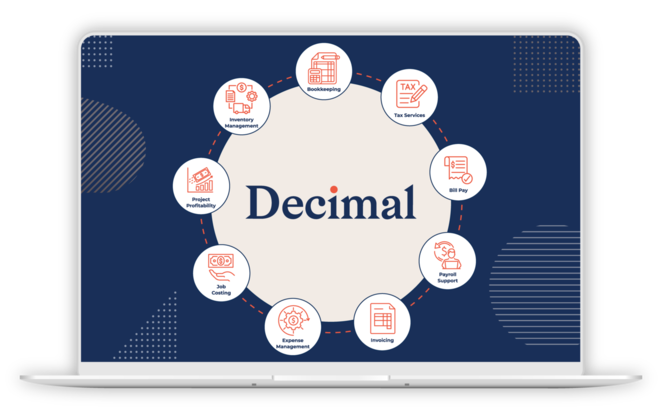I know what you are thinking—who cares about design when you work in accounting? It might seem like a secondary concern, but trust me, design has a profound effect on your firm’s success.
There is an intangible value to sound design that goes beyond brand awareness and has a measurable impact on your bottom line.
Since I know tax people like data, allow me back that up with statistics. McKinsey & Company published a report on the performance of 300 companies for over five years. Design-focused firms had, on average, 32% higher revenue growth and 56% higher shareholder return. And it did not matter what type of firm because this happened across all sectors.
Why? What is so great about good design?
Being a pro
Taking the time to develop a good design for your firm shows professionalism and competence, and it demonstrates your value to potential clients. We all judge companies by their design elements, especially online. Visitors to your website judge it within 50 milliseconds, and 75% of those visitors judge it by your design, not the content.
This is because the design communicates on your behalf by creating an experience for the viewer. Ask yourself—does your design create a positive and memorable first impression in those 50 milliseconds? With many firms beginning to operate 100% online, that impression is more important than ever. When you have a poor design, visitors are not going to read your content, trust your site, or even stick around.
One study showed that of the factors for rejecting or mistrusting a website, 94% were design related, and only 6% were content related. You can have fantastic services and content on your site, but hardly anyone will know if it is horribly designed.
Building your brand
Think about your brand. Design is an essential part of branding, which is key to every business. What does your brand say about your firm? Does it help you stand out in a crowded market? Is your brand lost in a sea of other poorly designed brands? How do you even know if your brand is hitting the mark?
Your brand should represent who you are and establish what your firm stands for. To find out how your brand is perceived, ask your clients what they think. Ask random individuals what they think of your brand.
Do they feel the emotions you hope to inspire when someone sees your brand? Do you feel inspired when you see your brand? Colors, layouts and concepts are all elements that help make your brand memorable to your audience, whether by drawing them in or pushing them away.
The financial services industry can be complex. With so many variables and continuously changing regulations, it can be difficult for people to understand.
By using good design alongside your content, you can break down these intricate pieces into simple visuals to communicate in terms your audience can understand. That helps you stand apart from other firms, making you more approachable.
Design then acts as a translator by taking complex tax language and converting it into an easy-to-understand format to reach a broader client base. Studies show that 65% of people are visual learners, so it is easier for individuals to digest information that is presented in a logical visual way.
Making accounting look good
In accounting and bookkeeping, design plays a pivotal role in making complex data not only accessible but also engaging for clients.
Consider your client reports. Financial statements can often be overwhelming, full of numbers and jargon that leave clients feeling lost or confused. But with thoughtful design, these reports can become clear, concise, and even visually appealing.
Simple charts, graphs and well-structured layouts can transform a dense report into a digestible, user-friendly experience, helping clients not only understand their financial standing but also make better decisions based on the data.
Good design doesn't just make information easier to read, it makes it easier to act upon.
Dashboard confessional
Similarly, many firms rely on dashboards to present real-time financial data, and the effectiveness of these tools is heavily influenced by design. A well-designed dashboard can turn a flood of numbers into an insightful, intuitive summary that clients can easily navigate.
By emphasizing key metrics, using color to highlight important trends, and simplifying navigation, dashboards become powerful tools for client engagement. When your clients can quickly access the information they need and easily interpret it, you strengthen your relationship with them and position your firm as a leader in clarity and professionalism.
Think about what you want to communicate to a potential client when they first see your brand. Now, create a design that reflects that message.
Style and substance
There’s often a misconception that design and designers work strictly on how something looks, but a good designer focuses on how design works. When you work with a designer, they’re not just making things look nice—they’re considering who you’re communicating with. They’ll analyze your demographic, what needs to be communicated, what’s of value, and what might detract from your core message.
Good design equals excellent communication. Everything from typography to colors to images, all are used to communicate your brand.
For example, ever wonder why so many firms like to use the color blue? Blue brings on feelings of stability and reliability, which tax and accounting firms want to communicate to their audience.
White can evoke fresh and clean or young and modern.
No wonder The Woodard Report likes blue and white.
Trust and design
While a website may be the first interaction clients have with your firm, it’s not the only one. Client trust is built across every touchpoint, and each interaction is an opportunity to reinforce your brand’s professionalism and design quality.
Consider your email templates, invoices, online portals and customer service channels. Each of these elements plays a crucial role in maintaining consistency in branding and design across your firm’s communications.
For instance, your email templates should reflect the same professional tone and design elements found on your website. From color schemes to typography, consistency in design creates a seamless experience for your clients and reinforces their trust in your firm.
Similarly, invoices are not just functional, they are an extension of your brand. Clear, well-designed invoices enhance your firm’s credibility and make it easier for clients to understand the charges and services rendered.
Online portals and customer service channels should also align with your brand’s look and feel, ensuring that clients feel supported and confident throughout their entire experience with your firm. When your design elements are consistent across every client interaction, you build stronger relationships and demonstrate your commitment to delivering a seamless, professional service.
Looking the part
Ultimately, good design makes you more money. Good design increases your company's value, boosts sales, and places your firm in a better financial situation. You become more profitable through building trust, creating strong first impressions, carrying out successful campaigns, and enhancing client relationships.
Does this mean you need to scrap everything and start over? Maybe. Or maybe you only need to refresh what you already have. Either way, do not dismiss the value of good design. Take the time to find a talented designer and build out your brand the right way.
As humans, we have a natural bias on what we consider to be beautiful. When you are competing against other fully capable firms, design can help set you apart.
.png?width=150&height=63&name=TWRlogo-regmark_blueblack%20(1).png)
.png)









Do you have questions about this article? Email us and let us know > info@woodard.com
Comments: